Friday☕️

Trending:
- On October 16, 2025, New York's Public Service Commission approved the construction of a two-mile, 345-kilovolt underground power transmission line to support Micron Technology's planned semiconductor manufacturing campus in Clay, near Syracuse. The line will connect an existing National Grid substation to the site, providing essential electricity for the facility's operations.
- This approval is a critical step for Micron's $100 billion investment over the next two decades, which is described as the largest private investment in New York state's history and aims to create up to 50,000 jobs while boosting domestic chip production.
Economics & Markets:
- Yesterday’s U.S. stock market:

- Yesterday’s commodity market:

- Yesterday’s crypto market:

Geopolitics & Military Activity:
- On October 16, 2025, the Israel Defense Forces (IDF) conducted airstrikes on several sites linked to Hezbollah near the village of Mazraat Sinay in southern Lebanon, focusing on areas where the group was said to be rebuilding facilities damaged in earlier conflicts. The targets included a quarry used for making concrete to reconstruct those sites and a facility run by the environmental group "Green Without Borders," which the IDF called a cover for Hezbollah's hidden operations along the border with Israel.
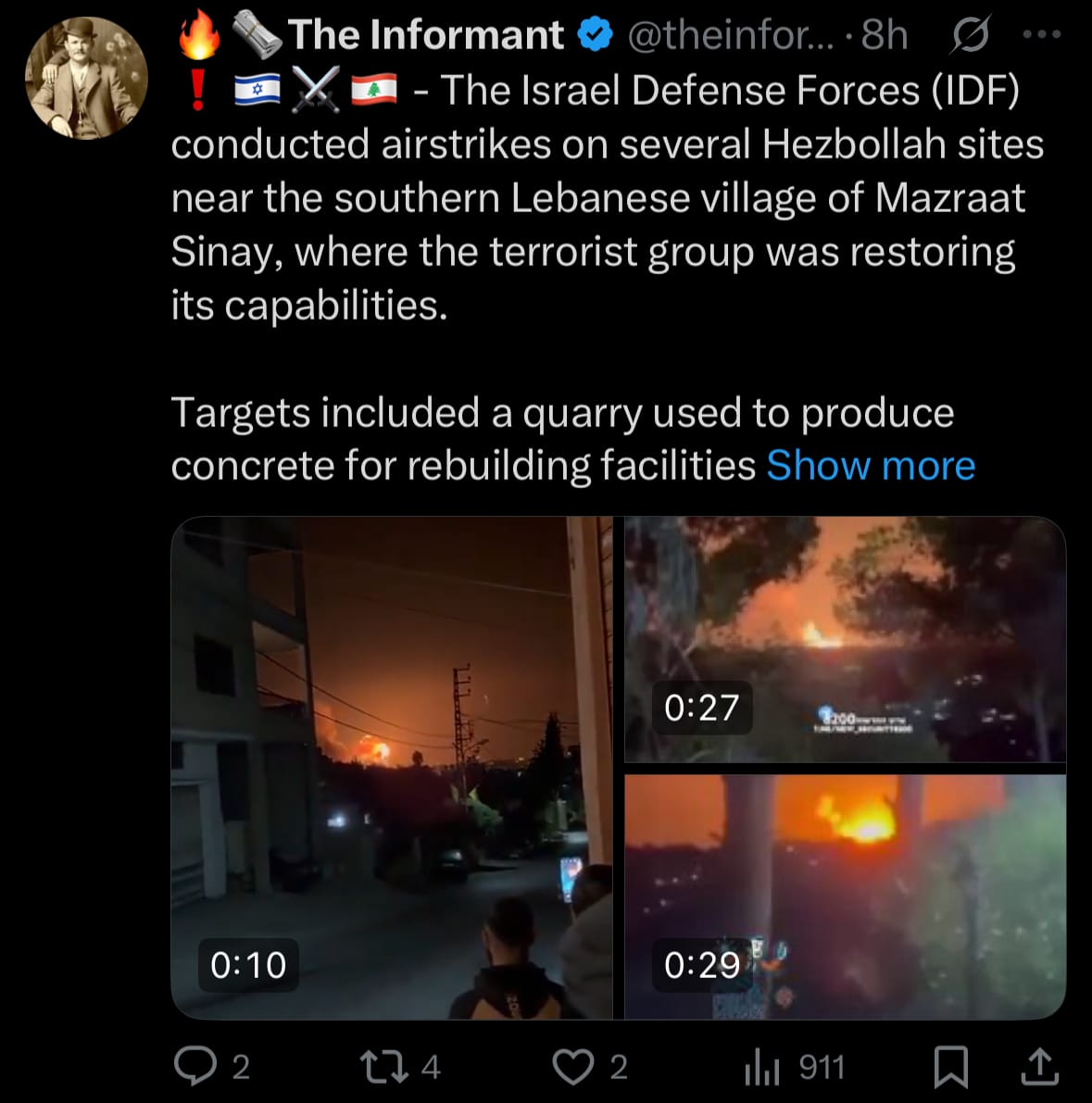
- This happened during continued strains between Israel and Hezbollah, after a year of occasional fights and both sides working to strengthen their spots in southern Lebanon. The airstrikes are part of larger IDF actions to stop Hezbollah from regaining weapons and abilities, and Lebanese authorities have not yet given an official comment on this event.
Environment & Weather:
- The remnants of Typhoon Halong, which formed in the Western Pacific, reached Western Alaska on October 12 as an extratropical storm. It brought strong winds, large waves, storm surge, and heavy flooding to coastal areas in the Yukon-Kuskokwim Delta. Villages such as Kipnuk, Kongiganak, and Chefornak were affected, with water covering homes, eroding land along the shore, and forcing more than 1,500 people to leave their homes. One person died, two are still missing, and several dozen were rescued from rooftops as water levels rose to up to 10 feet in places. Beyond these, no other serious injuries were noted.
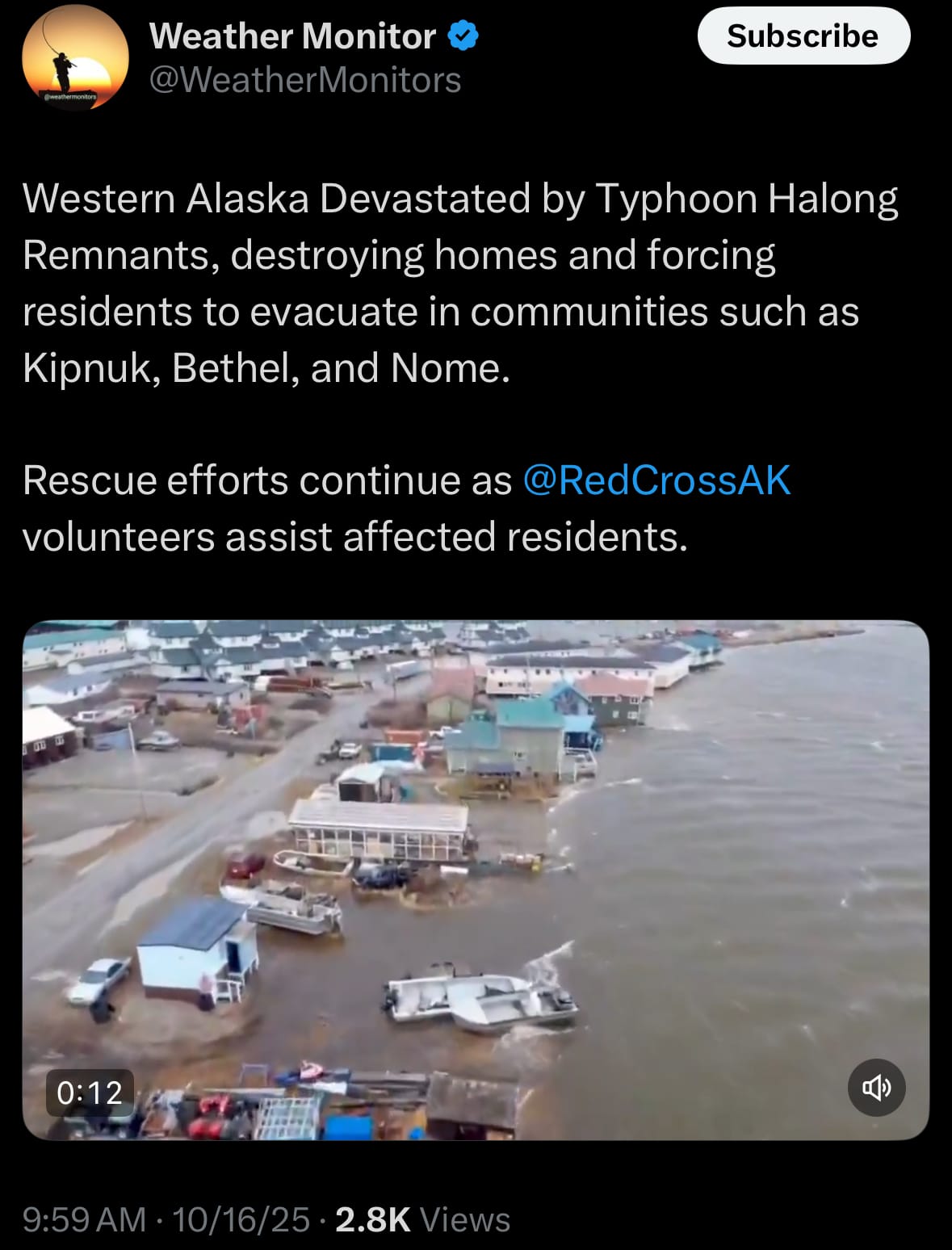
- Updates from today show a large-scale airlift operation in progress, involving the National Guard and state agencies using helicopters and planes to move hundreds of people from affected areas to safer spots like Bethel. Efforts to clean up and recover continue, with teams checking damage to things like airports and roads, and offering short-term housing and supplies. Weather has gotten better as the storm shifted east, but remaining floodwater and erosion still create hazards.
Science & Technology:
- On October 16, 2025, Anthropic introduced Claude Skills, a feature for its Claude AI chatbot that lets users tailor the model to particular tasks and processes. Skills act as organized folders holding instructions, examples, tools, and step-by-step information, helping Claude carry out activities more reliably and quickly, for instance in analyzing data, creating content, or handling business automation. It is offered to subscribers who pay and seeks to give AI agents practical skills by using saved information, without needing to retrain the main model, which could lower expenses and boost performance for routine jobs. Examples shown include managing detailed tasks like reviewing documents or making choices more precisely, using Claude's current abilities in logical thinking and security.
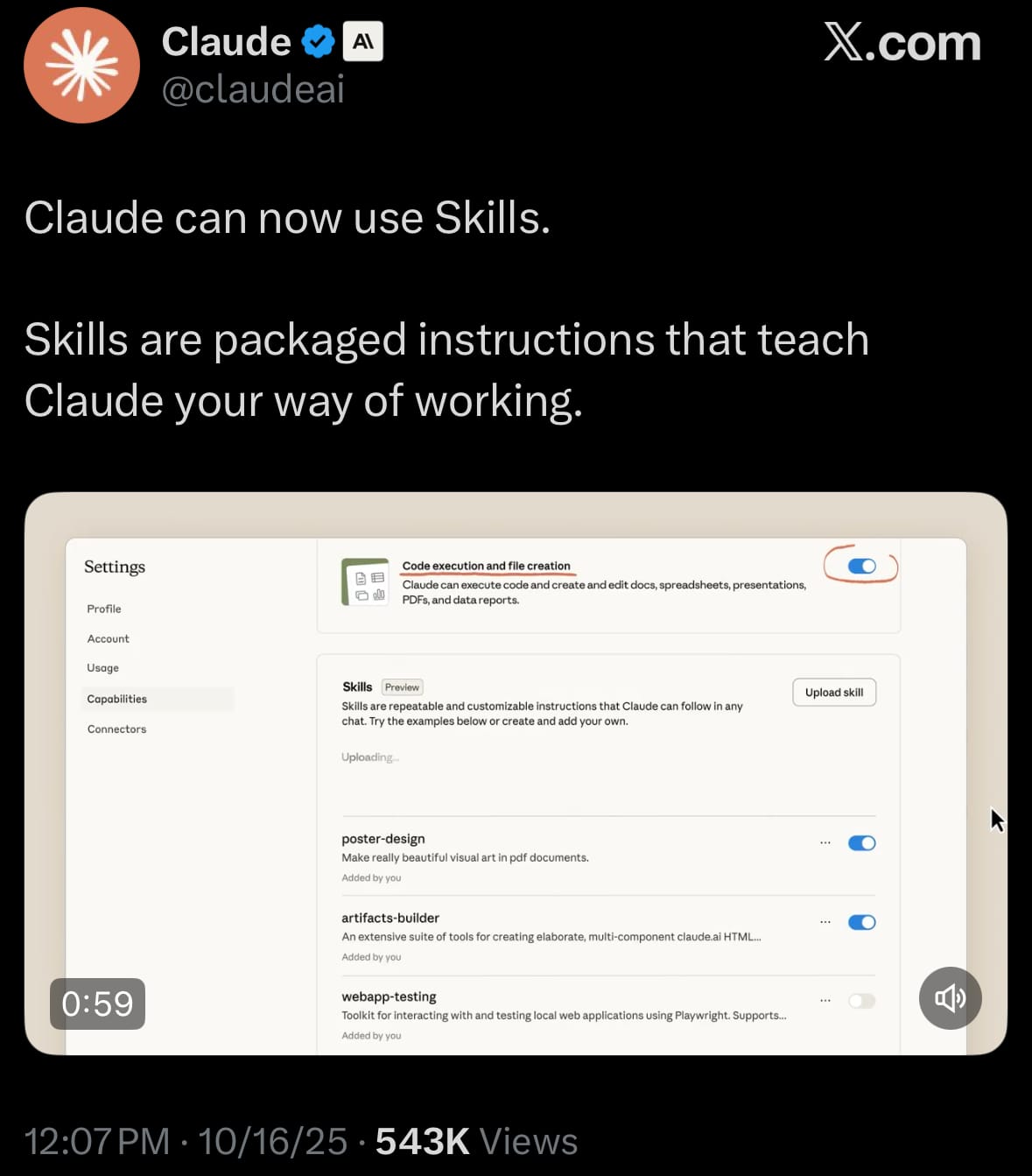
- The update makes Claude more suitable for business applications, meeting needs for adaptable AI in work settings, in a market with rivals like GPT and Gemini. It enables users to add specific skills to Claude without deep programming knowledge, making it easier for teams without technical expertise, but it also brings up topics like protecting data, using AI responsibly, and the risk of depending too much on modified AI in daily operations. The release shows Anthropic's emphasis on AI that is secure and manageable, with Skills built to keep the model on track while improving its use in areas such as studies, advertising, and day-to-day management.
Statistic:
- Largest assets on Earth by market capitalization:
- Gold: $30.261T
- 🇺🇸 NVIDIA: $4.426T
- 🇺🇸 Microsoft: $3.802T
- 🇺🇸 Apple: $3.672T
- 🇺🇸 Alphabet (Google): $3.043T
- Silver: $2.984T
- 🇺🇸 Amazon: $2.287T
- Bitcoin: $2.174T
- 🇺🇸 Meta Platforms: $1.788T
- 🇺🇸 Broadcom: $1.672T
- 🇸🇦 Saudi Aramco: $1.631T
- 🇹🇼 TSMC: $1.555T
- 🇺🇸 Tesla: $1.425T
- 🇺🇸 Berkshire Hathaway: $1.054T
- 🇺🇸 Oracle: $892.29B
- 🇺🇸 Walmart: $848.86B
- 🇺🇸 JPMorgan Chase: $812.68B
- Vanguard S&P 500 ETF: $755.84B
- 🇺🇸 Eli Lilly: $734.53B
- 🇨🇳 Tencent: $722.39B
- iShares Core S&P 500 ETF: $693.82B
- SPDR S&P 500 ETF: $667.36B
- 🇺🇸 Visa: $650.99B
- Vanguard Total Stock Market Index Fund ETF: $543.28B
- 🇺🇸 Netflix: $502.93B
History:
- Amazon Web Services (AWS) originated when Amazon realized its internal infrastructure challenges could be productized. In the early 2000s, engineers proposed turning Amazon’s computing, storage, and networking systems into a suite of services that external developers could rent. In 2006 AWS launched S3 (object storage) and EC2 (on-demand compute), giving birth to what we now recognize as cloud computing. Over the following decade AWS expanded aggressively: adding regions and availability zones globally, building a private backbone network, and layering on more specialized services (databases, analytics, machine learning, serverless, etc.). Its growth was propelled by early adopters migrating large-scale systems, and by a flywheel effect: more users enabled more services, which attracted more users, giving AWS the scale to invest further in infrastructure.
- In structure, AWS is a three-tiered system combining a global physical substrate (regions, availability zones, edge locations, backbone network), a set of core compute/storage/network primitives (virtual machines, block storage, object storage, virtual networks, load balancers), and a vast forest of managed and serverless services (database, analytics, event buses, AI/ML, identity, monitoring, etc.). When you issue API commands to create or manage resources, those operate in the “control plane”; the resulting data flows and compute happen in the “data plane.” High availability is achieved by distributing across fault domains (multiple availability zones or regions). Over time, AWS has become one of the backbones of the internet: many major applications, media platforms, and enterprises depend on its global infrastructure. Alongside Azure and Google Cloud, it forms one of the pillars of modern digital life.
Image of the day:
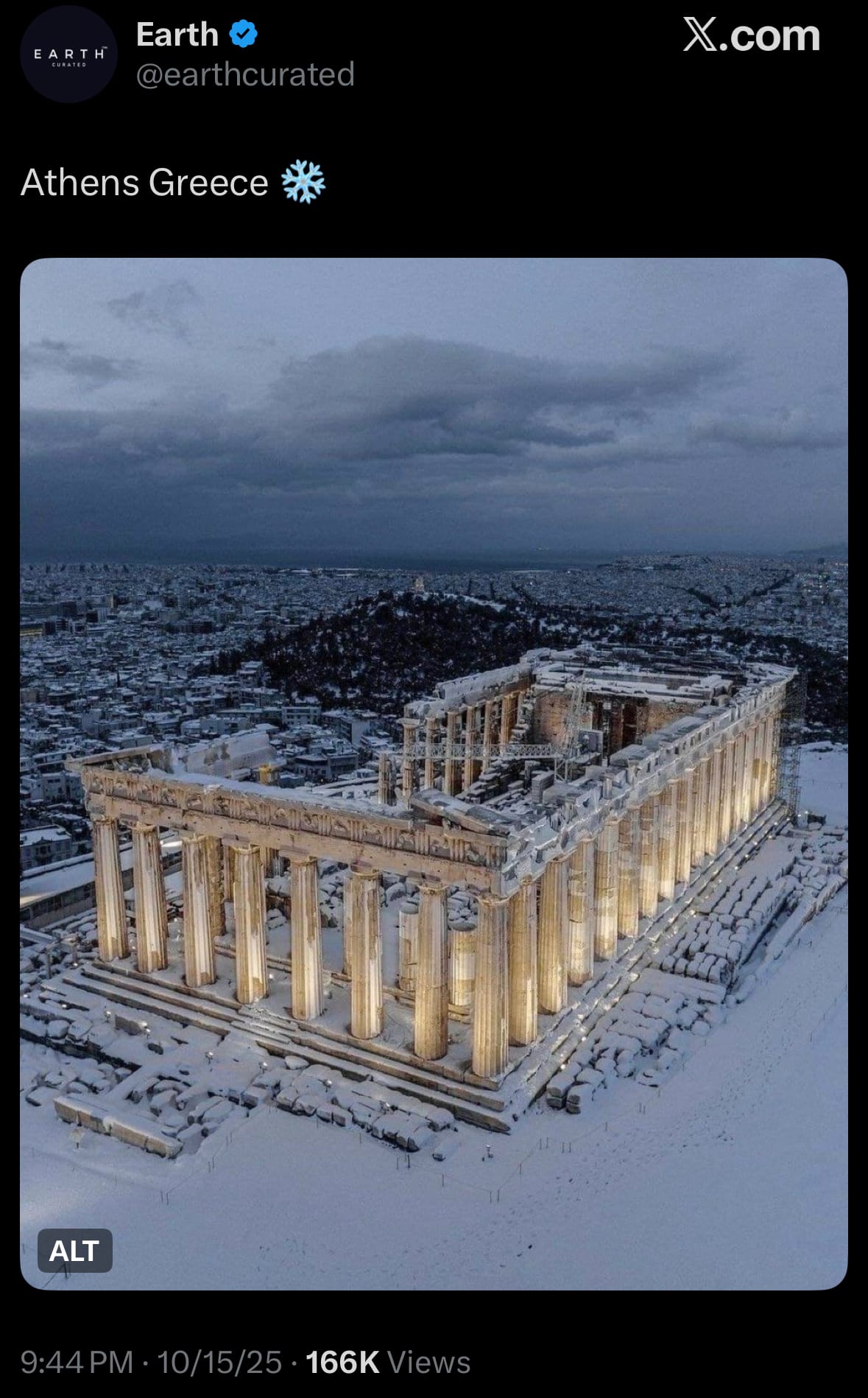
Thanks for reading!
- EARTH INTELLIGENCE builds private intelligence systems for organizations — connecting their internal and external data with AI to create one interactive command center for real-time awareness, decision making, and predictions.
Earth is complicated, we make it simple.
- Click below if you’d like to view our free EARTH WATCH globe:
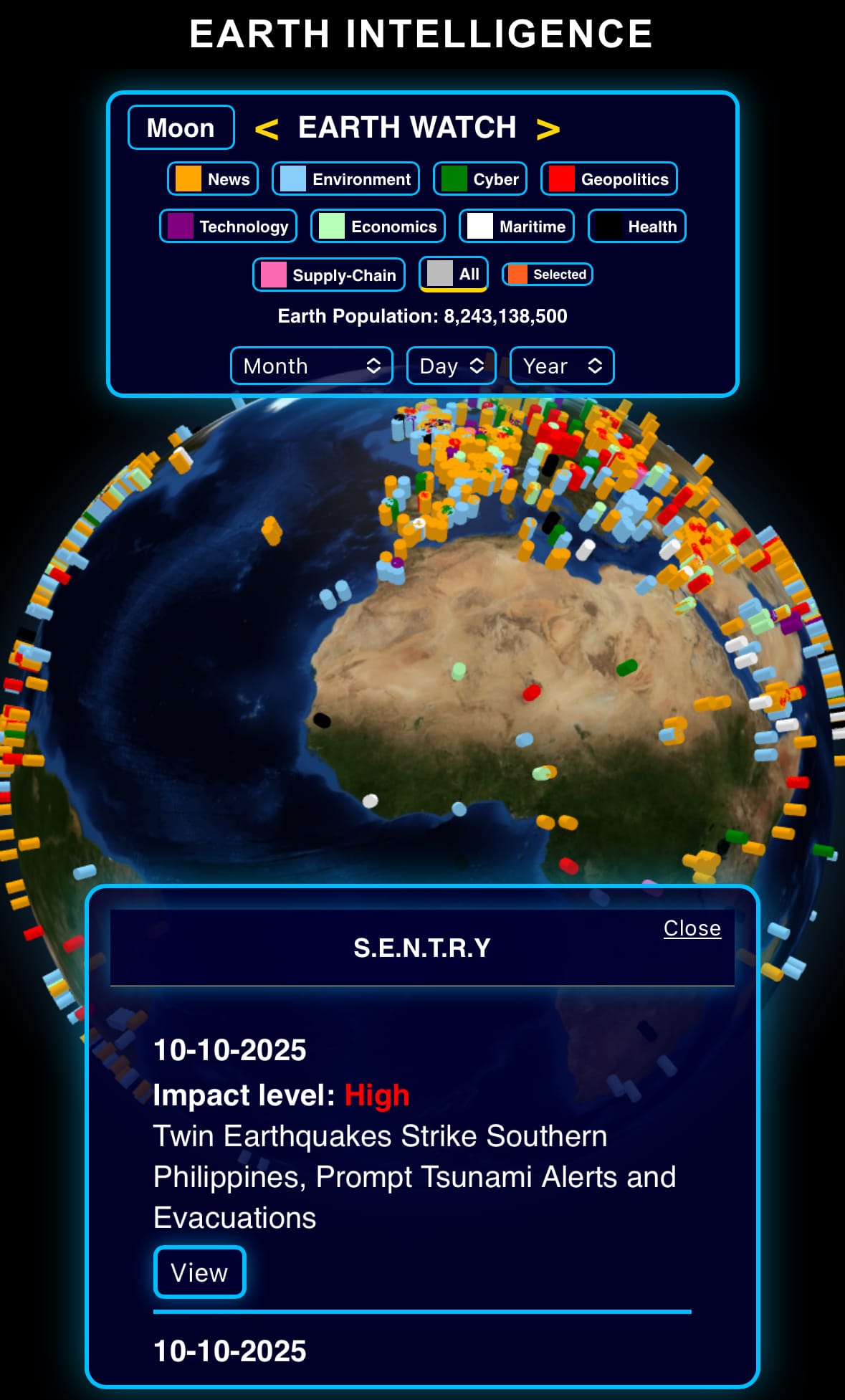

Click below to view our previous newsletters:

Support/Suggestions Email:
earthintelligence@earthintel.news




